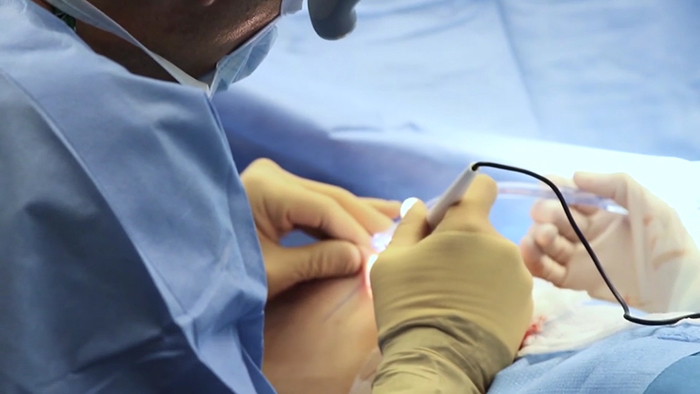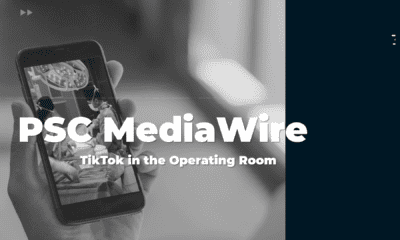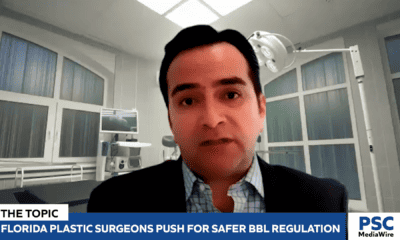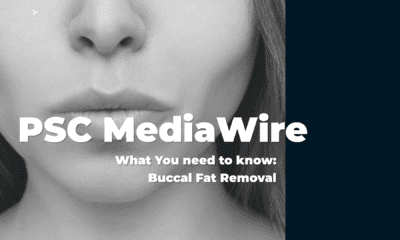The biggest fear for many, many patients considering any type of cosmetic or aesthetic surgery is “going under,” or the anxiety of general anesthesia. In an attempt to address and avoid that fear, techniques continue to be refined that allow patients and surgeons to accomplish surgeries while the patient is “awake.” The Plastic Surgery Channel interviews board certified plastic surgeons on whether or not procedures performed without general anesthesia can be effective, or even safe.
by John Hammarley
and The Plastic Surgery Channel
What Exactly Does “Awake” Mean?
The term “awake” may be a touch deceiving when we’re talking about the state of your consciousness while undergoing a surgical procedure, especially when it comes to breast augmentation. Those plastic surgeons who choose to keep their patients “awake” throughout the implant surgery are, in fact, using intravenous sedation medication to reduce the pain and discomfort the patient may be experiencing throughout the operation.
There are many plastic surgeons – some board certified – who prefer awake breast augmentations because the patient can avoid the risks of anesthesia, avoid loss of control, avoid the fear of not waking up, and avoid nausea and/or vomiting.
However, there is a substantial group of practitioners who are less than enthusiastic (to say the least) about operating on “awake” or sedated patients for surgeries as involved as breast augmentations are.

It’s More Marketing Than Anything Else
Rod Rohrich, MD, a board certified plastic surgeon and Distinguished Professor of the Department of Plastic Surgery at The University of Texas Southwestern Medical Center at Dallas (UTSW), doesn’t like the “awake” approach to a surgery such as breast augmentation.
“It’s more marketing than anything else,” Dr. Rohrich recently told The Plastic Surgery Channel. “We have to remember the number one priority with these or any other surgeries is patient safety. And I think having a sedated patient on the table during a breast augmentation isn’t safe for anyone, especially for the patient.
“She’s going to be at the very least uncomfortable and potentially could feel a level of pain that simply isn’t necessary,” Dr. Rohrich continued. “I’m not going to be able to do the best job I can do if I have a patient on the operating table who is moving around during surgery.”
Constantino Mendieta, MD, a board certified plastic surgeon in Miami, says several of his colleagues report having success with ‘awake’ breast augmentation. “They tell me their patients are happy to avoid the fear of general anesthesia and often report a faster recovery period.” But he also says he doesn’t like performing implant surgery unless the patient is completely anesthetized.

“The important involvement with my patients happens before we get to the operating table,” Dr. Mendieta says. “We have great technologies at our disposal now that gives patients precise examples of what different implants will look like, so the guesswork today is minimal at best.
“And I feel much more comfortable in a surgery of this size knowing the patient is completely under and there is no chance she is going to move during surgery,” Dr. Mendieta says.















Facebook
Twitter
Instagram
YouTube
RSS